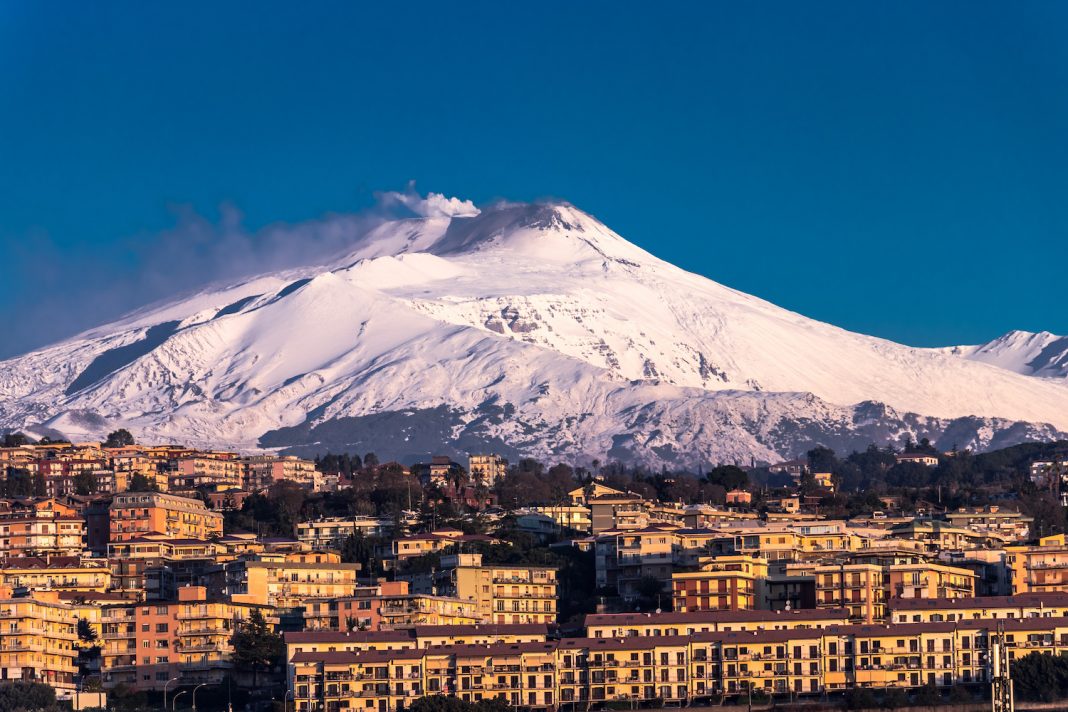Volcanoes are natural land formations that bring forth life and death to their surroundings. We often depict volcanoes as a force of destruction and chaos but we fail to recognize it as a sign of life afterward. Volcanoes do cause mass destruction and rain upon fire from skies like what happened with Mount Pinatubo and Krakatoa as well as Mount Vesuvius but volcanoes also happen to create life as the lava flows throughout the land and cools down it brings forth a new beginning to the land.
When this lava extends towards the sea, they extend the land by a few inches and if you count thousands or millions of years of the same cycle, you create a new continent with it. This was what happened to the islands of Hawaii and many more in the Pacific.
With that, you often wonder which volcano started it all? Which is the oldest active volcano that is continually spouting out hot lava up until this day? Find out which is the oldest active volcano.
The oldest active volcano is Mount Etna. It is found on the east coast of Sicily in Italy.
It is also the highest active volcano in Europe at 3,329 meters high. Its basal circumference is 140 km. It is one of the most active volcanoes in the world following only Mount Vesuvius.
In fact, Etna has been around for half a million years. The first-ever volcanic activity happened 500,000 years ago. 300,000 years ago, the activity heightened even further. Some 35,000 to 15,000 years ago, Mount Etna began erupting furious amounts of deposits that it even reached as far as the south of Rome.
There have been historic eruptions when it comes to Mount Etna so far. The eruption on 396 BC halted the Carthaginians from invading Syracuse during the Second Sicilian War.
A violent eruption in 122 BC caused destruction in the town of Catania wherein the Roman government exempted the people of Catania from paying taxes for over a decade.
But, the most destructive eruption occurred on March 11, 1669, when the volcano erupted that sent copious amounts of lava to the town of Catania wherein the other villages were destroyed. Weeks later, the lava reached the town and destroyed a few buildings before it stopped near the Benedictine monastery. There were reports that the disaster caused around 15,000 deaths or even 20,000 deaths.
After that time, the area was cleared and no lives were taken but it was not until 1928 that the volcano erupted once more.
In just two days, the town of Mascali was destroyed and the lava flow continued towards the Messina-Catania railway including the train station in Mascali.
Throughout the 19th and 20th centuries, Mount Etna erupted more than several times including 1949, 1971, 1981, 1983, 1991, and 1993.
What Do I Think
Despite its danger to civilization, Etna is a tourist attraction in Sicily. It is one of the main tourist spots that attracts more than thousands of visitors per year. Aside from the volcano, tourists can also go to two ski resorts as well as visit the Round-Etna railway.
